In today’s rapidly evolving world, fostering innovation and entrepreneurial skills among students has become a crucial aspect of education. One platform that has gained immense popularity in showcasing innovative ideas and nurturing entrepreneurial spirits is the widely acclaimed television show, Shark Tank. Drawing inspiration from this groundbreaking series, educators and schools have started incorporating the Shark Tank format into their curriculum, offering students a unique opportunity to showcase their creativity, problem-solving abilities, and business acumen.
This article explores a diverse range of Shark Tank ideas tailored specifically for school projects, with the aim of inspiring and empowering students to think outside the box, develop their entrepreneurial mindset, and transform their ideas into reality. By engaging in the Shark Tank model, students not only gain practical knowledge about business concepts but also cultivate essential life skills such as critical thinking, teamwork, communication, and resilience.
The versatility of Shark Tank projects is evident in their interdisciplinary nature, allowing students from various disciplines to participate and contribute. Whether it’s designing sustainable solutions, creating innovative technologies, developing social initiatives, or inventing new products and services, Shark Tank projects provide an engaging platform for students to explore their interests and passion areas.
The Necessity of Shark Tank Project Ideas For School Explained
One effective way to achieve this is through the implementation of Shark Tank-style project ideas in schools.

Inspired by the popular TV show, Shark Tank projects offer students a unique opportunity to develop critical thinking, creativity, and entrepreneurial skills while fostering a sense of innovation and problem-solving [1]:
- Encouraging Creativity. Shark Tank projects encourage students to think outside the box and come up with innovative ideas. By challenging students to identify problems and propose creative solutions, they develop their creativity and entrepreneurial mindset. This fosters a culture of innovation where students learn to embrace failure as a stepping stone to success;
- Developing Critical Thinking. Shark Tank projects require students to analyze market trends, understand consumer needs, and evaluate the feasibility of their ideas. This process enhances their critical thinking skills as they learn to assess risks, make informed decisions, and justify their choices. Students also gain valuable experience in researching, data analysis, and problem-solving, which are essential skills for their future careers;
- Enhancing Communication and Presentation Skills. Presenting ideas to a panel of “sharks” or judges helps students improve their communication and presentation skills. They learn how to articulate their thoughts, structure their arguments, and deliver persuasive pitches. These skills are vital not only in the business world but also in various aspects of life, such as job interviews, public speaking, and teamwork;
- Fostering Collaboration and Teamwork. Shark Tank projects often involve working in teams, allowing students to develop essential collaboration and teamwork skills. By dividing tasks, pooling their strengths, and solving problems collectively, students learn the value of effective teamwork. They also gain insights into different perspectives, learn to compromise, and appreciate the strengths and weaknesses of their teammates;
- Real-World Application. One of the greatest benefits of Shark Tank projects is their real-world application. Students have the opportunity to apply classroom knowledge to practical situations, bridging the gap between theory and practice. They learn about marketing, finance, product development, and customer feedback, gaining firsthand experience in various aspects of entrepreneurship;
Shark Tank’s Inspired Formats for School Projects:
1) Single Small Group Business and Expansion

This localized, miniature shark tank comprises only one business but presents students with the chance to construct both the enterprise and the pitch for its expansion. If their pitch proves successful, they secure funds for expansion in the subsequent semester.
Instructors have the option to make the audience discretionary, yet the students would present their pitch in front of a panel of instructors who assume the role of the “sharks”. This project introduces an additional element to the conventional FBLA project conducted across schools in the United States—a second-semester pitch aimed at expansion.
Conducting research and formulating the pitch, along with practicing presentations and honing negotiation skills, provide an enriching learning experience with added value for the students. This project could also be effectively implemented within a scouting troop context.
2) Multiple Small Group Businesses and Expansion
In larger educational institutions or regions with multiple divisions of the same business course, educators have the opportunity to expand the initial project by incorporating multiple businesses. Each segment of the annual business class cultivates its own enterprise from scratch during the first semester.
While the products offered by these businesses may not directly compete with one another, akin to the scenarios witnessed on Shark Tank, each venture must present its pitch to a panel of instructors who assume the role of the “sharks”.
Similar to the first project, this endeavor also imparts valuable lessons in negotiation, finance, communication, collaboration, and creativity. It encompasses the creation of a business plan, as well as the research and development of an engaging presentation and compelling pitch.
Funding for the expansion of these businesses can be obtained through grants provided by non-profit organizations or programs dedicated to supporting teachers in enhancing classroom achievements. Some available options include DonorsChoose.org, Elmer’s Teacher Tool Kit Grant, NEA Foundation Student Achievement Grants, and the ING Unsung Heroes grant.
Depending on the instructor’s project structure, each business has the potential to secure funds for expansion, while some may initially face rejection. Just as real businesses have the opportunity to make a second pitch on Shark Tank, students also have the chance to present their ideas again. Mid-semester, if they were unsuccessful in obtaining expansion funding at the beginning of the term, they may choose to re-pitch their concepts.
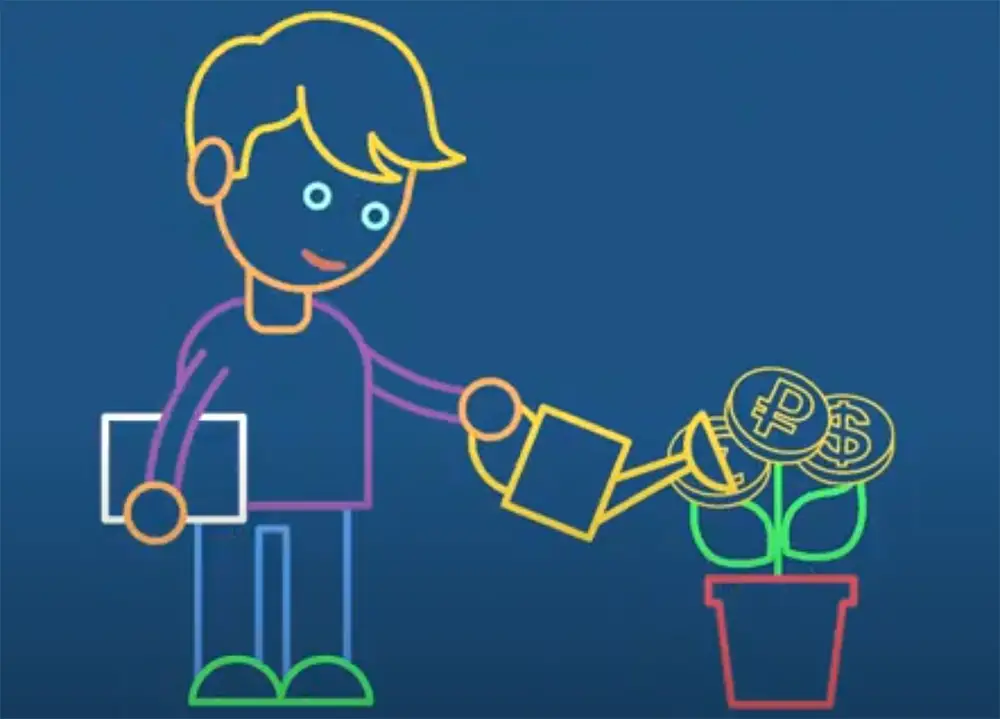
3) Online Group Business and Expansion
For those who engage in homeschooling, the Shark Tank project offers a viable option that utilizes online classrooms and video messaging applications like Zoom or GoToMeeting. It can be implemented using either the small group method, focusing on a single business, or the multiple group method.
To incorporate it into a county-wide or statewide curriculum, the multiple-group method can be employed. Students can be divided into groups of approximately 20 individuals, creating business groups similar in size to FBLA memberships or sections of a class.
In the first semester, students in their respective class-sized groups embark on the journey of developing their businesses from the ground up. Subsequently, during the second semester, they prepare pitches and financial reports to present their businesses to a panel of instructors who assume the roles of the “sharks” [2].
By adopting a group project format and utilizing online meetings, the Shark Tank class project provides homeschooled children with opportunities for regular peer interaction, which may be lacking in their typical learning environment. This allows them to develop social skills that are crucial for the professional world, skills that would otherwise be acquired through interaction in a traditional school setting.
Classroom Materials for Shark Tank Projects:
1) Junior High School
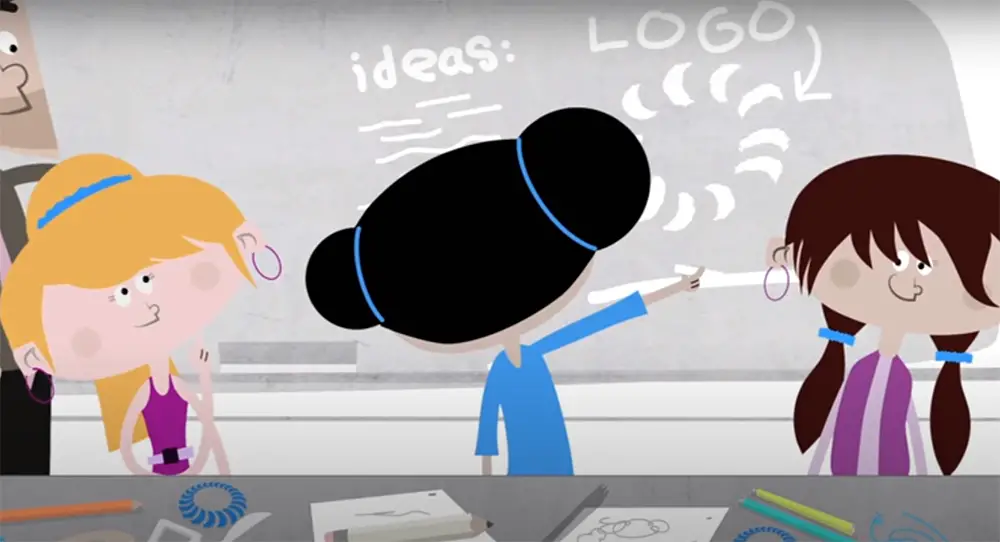
To ensure the success of Shark Tank projects in junior high school classrooms, specific materials can be utilized to enhance the learning experience:
- Business Idea Generation Tools: Encourage students to brainstorm and develop innovative business ideas. Provide materials such as idea generation worksheets, whiteboards, sticky notes, and brainstorming cards to facilitate the creative process. These tools will assist students in exploring various business concepts and identifying unique opportunities;
- Business Plan Templates: Introduce students to the fundamentals of business planning by providing them with templates that outline essential sections of a business plan. This will help them structure their ideas, analyze market research, define target customers, outline financial projections, and create marketing strategies. Business plan templates can be distributed in both physical and digital formats for easy access and completion;
- Presentation Aids: Equip students with presentation aids to enhance their communication skills and make their pitches more visually appealing. Materials such as slide templates, poster boards, and props can be provided to assist students in conveying their business ideas effectively. Encourage them to incorporate visual elements, charts, and graphs to support their presentations and make them more engaging;
- Budgeting and Financial Resources: Introduce students to basic financial concepts and budgeting skills. Provide resources such as financial calculators, sample budget templates, and mock financial statements to help them understand revenue, expenses, profit margins, and investment requirements. This will enable students to develop realistic financial plans for their business ideas
- Role-Playing Materials: Facilitate role-playing scenarios to simulate the pitching process. Provide students with cue cards, scripts, and mock scenarios to practice their presentations and negotiation skills. Encourage them to adopt the roles of the “sharks” and the entrepreneurs, allowing them to experience both sides of the pitching process [3];
2) Senior High School
Senior high school students can delve deeper into the world of entrepreneurship through Shark Tank projects. These projects offer an immersive experience in business development, marketing, and financial planning.

To maximize the learning outcomes, specific classroom materials can be utilized to support the senior high school students’ Shark Tank projects:
- Market Research Tools: Provide students with access to market research resources to help them analyze industry trends, consumer behavior, and competitive landscapes. This can include online databases, market research reports, and survey tools. By understanding their target market and identifying unique selling propositions, students can refine their business ideas and strategies;
- Business Simulation Software: Introduce students to business simulation software that allows them to virtually manage a business and make strategic decisions. This hands-on approach helps students understand the complexities of running a business, including inventory management, pricing strategies, and financial analysis. It provides a realistic and interactive learning experience;
- Mentorship and Networking Resources: Connect students with local entrepreneurs and business professionals who can serve as mentors or guest speakers. These industry experts can provide guidance, share their experiences, and offer valuable insights into entrepreneurship. Networking events and platforms can also be utilized to broaden students’ connections and expose them to a wider business community;
- Financial Projection Tools: Offer students financial projection tools, such as spreadsheet templates or financial modeling software, to develop comprehensive financial projections for their business ideas. This allows them to forecast revenue, expenses, and cash flow, enabling better decision-making and evaluation of their business viability;
- Marketing and Promotion Materials: Encourage students to create marketing materials to promote their business ideas effectively. This can include designing brochures, websites, social media campaigns, and advertising materials. Providing access to graphic design software, marketing templates, and online marketing platforms empowers students to showcase their ideas professionally;
How Can I Use Shark Tank In the Classroom?
Shark Tank, the popular TV show that features aspiring entrepreneurs pitching their business ideas to a panel of investors, can be a valuable and engaging tool to incorporate into the classroom.
Here are some ways you can use Shark Tank in your classroom:
- Introduction to Entrepreneurship: Use Shark Tank as an introduction to the concept of entrepreneurship. Show students episodes or clips from the show to familiarize them with the format and the types of businesses that are featured. Discuss the qualities and skills that successful entrepreneurs possess;
- Business Idea Generation: Encourage students to develop their own business ideas. Provide them with guidelines and criteria for creating viable and innovative concepts. Allow them to work individually or in small groups to brainstorm and refine their ideas;
- Business Planning: Guide students through the process of creating a business plan for their ideas. Teach them the key components of a business plan, such as executive summary, market analysis, marketing strategy, financial projections, and competitive analysis. Help them understand how these elements contribute to the overall success of a business;
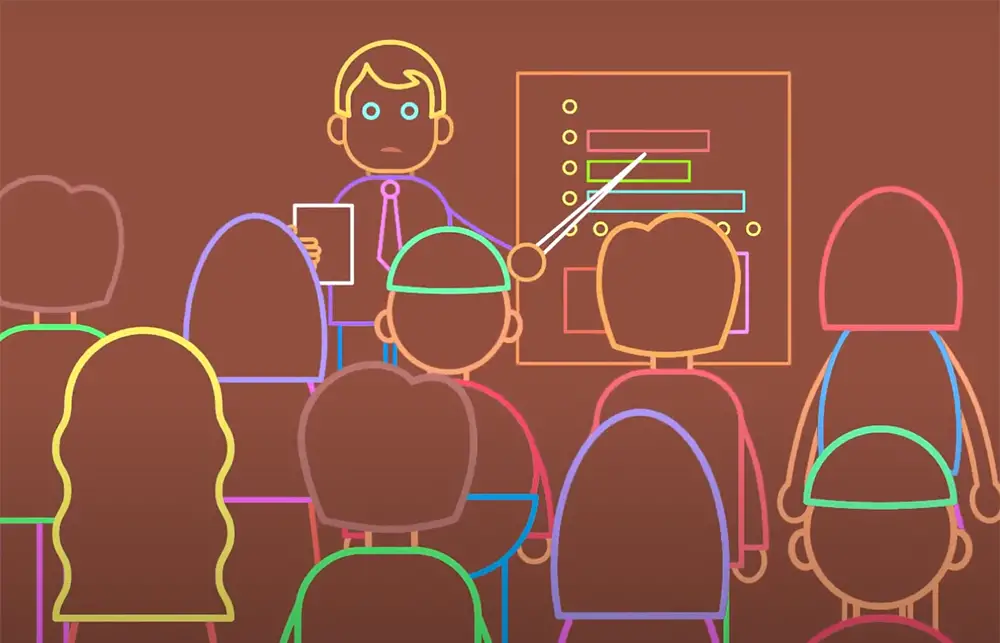
- Pitching and Presentation Skills: Teach students how to effectively pitch their business ideas. Show them examples of successful pitches from Shark Tank and discuss the strategies used by the entrepreneurs. Help students develop their presentation skills, including public speaking, storytelling, and using visual aids;
- Panel of “Sharks”: Create a panel of “sharks” within the classroom. This can be done by inviting local entrepreneurs, business professionals, or even fellow students who have expertise in specific areas. Have students present their business ideas to the panel and receive feedback and constructive criticism;
- Financial Analysis: Introduce students to financial concepts related to business. Teach them how to calculate costs, profits, revenues, and break-even points. Help them understand the importance of financial planning and managing resources effectively;
- Collaboration and Teamwork: Encourage students to work collaboratively on their Shark Tank projects. Assign roles and responsibilities within the teams, such as marketing manager, financial analyst, or product designer. Emphasize the importance of effective teamwork and communication skills;
- Reflection and Evaluation: After the presentations, facilitate discussions where students reflect on their experiences and evaluate their own performance. Discuss what they have learned throughout the process and how they can apply those lessons to future endeavors;
- Field Trip or Guest Speakers: Arrange a field trip to a local business or invite guest speakers who have experience in entrepreneurship to share their insights and stories with the students. This provides real-world context and inspiration for their own Shark Tank projects;
- Celebration and Recognition: Celebrate the students’ hard work and achievements by organizing a Shark Tank event where they can showcase their presentations to an audience of fellow students, parents, and community members. Recognize outstanding pitches or innovative ideas with awards or certificates [4];
How Do You Come Up with Ideas on Shark Tank For Your Class?
Coming up with ideas for Shark Tank projects in your class requires a creative and collaborative approach. Here are some steps you can take to generate ideas:
- Brainstorming sessions;
- Problem identification;
- Market research;
- Guest speakers and field trips;
- Collaborative idea generation;
- Idea evaluation and selection;
- Prototyping and testing;
- Pitch development;
Where To Start Your School Shark Tank’s Inspired Project?
When starting a Shark Tank-inspired project in your school, there are various exciting directions you can take. Here are some ideas to get you started:
- Develop a prototype for a new product or service;
- Create a marketing campaign for a hypothetical business;
- Create a financial plan for a new business venture;
- Develop a business plan;
- Investigate the potential of new technology;
What Should Be On Shark Tank Pitch:
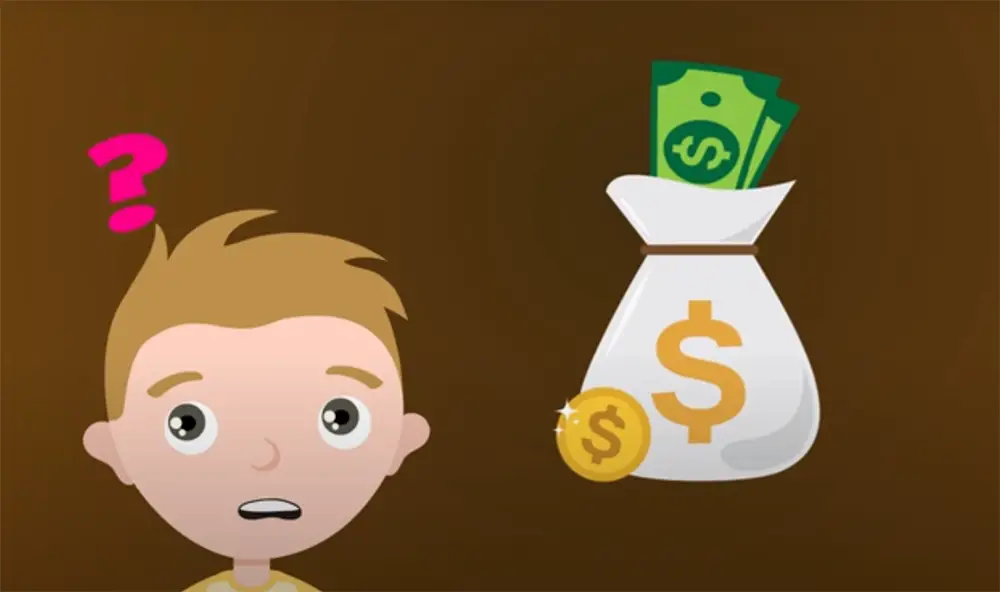
- Problem Statement: Clearly articulate the problem or pain point your product or service solves. Explain why it is a significant issue and how it affects a target market or consumers;
- Unique Selling Proposition (USP): Highlight what sets your product or service apart from competitors. Emphasize the unique features, benefits, or innovations that make it stand out in the market;
- Market Size and Opportunity: Provide data and insights about the market size, growth potential, and target audience. Demonstrate a clear understanding of the market demand and the potential for your business to capture a significant share;
- Business Model: Explain how your business generates revenue and sustains profitability. Outline your pricing strategy, distribution channels, and any recurring revenue models or monetization plans;
- Traction and Validation: Share any traction or milestones achieved thus far, such as sales, partnerships, customer testimonials, or industry recognition. This demonstrates market validation and reduces the perceived risk for potential investors;
- Financial Projections: Present realistic financial projections that showcase the revenue potential and profitability of your business. Include key financial metrics such as sales forecasts, gross margins, and expected return on investment;
- Marketing and Sales Strategy: Outline your marketing and sales approach to reach and acquire customers. Describe your target audience, marketing channels, customer acquisition cost, and strategies for scaling your business;
- Team and Expertise: Highlight the qualifications, experience, and expertise of your team members. Showcase their relevant achievements or industry knowledge that positions them as capable leaders in executing your business plan;
- Investment Ask: Clearly state the amount of investment you are seeking and how the funds will be used. Provide a breakdown of the allocation of funds and the expected return on investment for potential investors;
- Pitch Delivery and Presentation: Pay attention to the delivery of your pitch. Be confident, passionate, and concise in your presentation. Use visual aids, prototypes, or demonstrations to enhance understanding and captivate the sharks’ attention [5];
Shark Tank Project Ideas For School You May Try:
Shark Tank-inspired projects provide an excellent opportunity for students to unleash their entrepreneurial spirit and creativity while learning valuable business skills.
If you’re looking for engaging and innovative project ideas for your school’s Shark Tank-inspired program, here are some exciting options to consider:
- EcoStraw: Develop an eco-friendly alternative to plastic straws using biodegradable or reusable materials. Highlight the environmental benefits and the potential market demand for sustainable alternatives;

- SmartFridge: Create a smart refrigerator that uses advanced technology to manage food inventory, track expiration dates, and suggest recipes based on available ingredients. Emphasize the convenience and efficiency it offers in reducing food waste;
- ChoreBuddy App: Design a mobile application that gamifies household chores and encourages accountability and teamwork within families. Explore features like task tracking, rewards, and progress monitoring to make chores more enjoyable;
- PetTracker – A GPS Enabled Collar for Pets. Invent a GPS-enabled collar for pets that allows owners to track their furry friends’ whereabouts and monitor their health and activity levels. Highlight the pet safety and peace of mind it provides;
- SolarCharger: Develop a portable solar charger that harnesses solar energy to charge electronic devices. Showcase the sustainability aspect and its usefulness in outdoor activities or during emergencies;
- RentAWardrobe: Create a platform that enables users to rent and lend fashionable clothing items, promoting a more sustainable and cost-effective approach to fashion;
- GreenRoofs: Explore the concept of green roofs and their environmental benefits. Develop a business plan that offers green roof installations for residential or commercial buildings;
- AquaHarvest: Design an innovative aquaponics system that combines fish farming and hydroponic plant cultivation. Demonstrate the sustainability and potential for year-round food production;
- FitMeals – A Subscription Service Providing Tailored, Pre-Portioned, and Healthy Meals. Build a subscription-based meal service that offers customized, nutritious meal plans delivered to customers’ doorsteps. Emphasize the convenience and health benefits it provides;
- VirtualTherapy: Develop a virtual therapy platform that connects individuals with mental health professionals for online counseling and support. Highlight the accessibility and affordability of mental health services;
- SkillSwap: Create a website that allows users to trade their skills or services with others, fostering a sense of community and encouraging collaboration and learning;
- ParkShare: Build a mobile app that facilitates the sharing of parking spaces among users, reducing parking congestion and providing a convenient parking solution;
- BioPlastic: Research and develop biodegradable or compostable alternatives to traditional plastics, emphasizing their environmental benefits and potential applications;
- CareOnCall: Develop an app that connects individuals in need of caregiving services with qualified and reliable caregivers. Highlight the ease of accessing care and the peace of mind it offers to families;
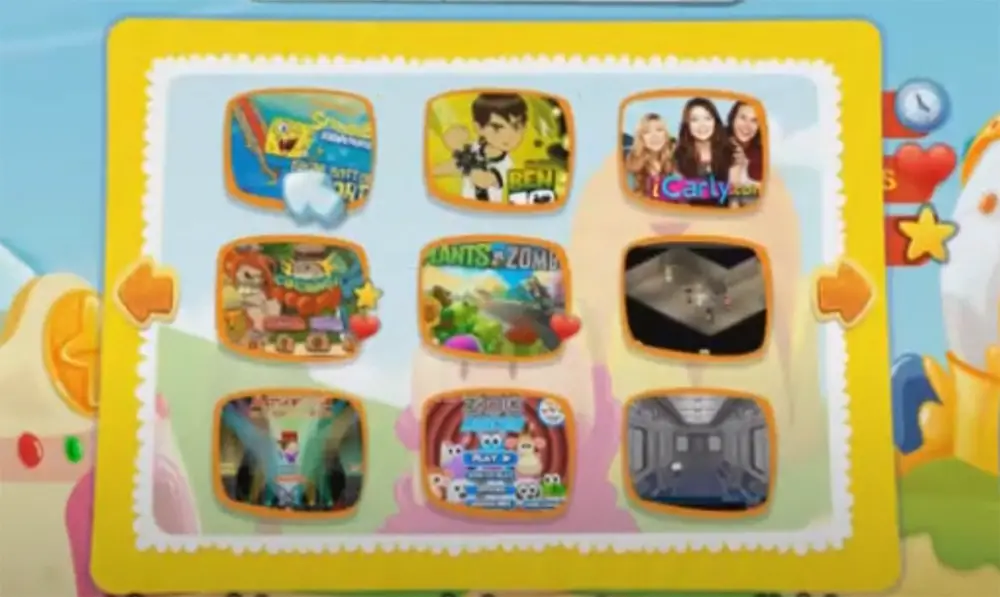
- KidBox: Create a subscription box service that delivers age-appropriate educational and recreational activities for children, promoting learning and engagement;
- SwiftCommute: Design a traffic-free route planning app that provides users with alternative routes and transportation options to optimize their daily commutes;
- RentMyCar: Build a peer-to-peer car-sharing platform that allows individuals to rent out their vehicles when not in use, providing an affordable and sustainable transportation option;
- WorkFit – A Wellness Program Offering Customized Fitness and Nutrition Plans. Develop a wellness program that offers personalized fitness and nutrition plans to employees or individuals, promoting a healthy lifestyle and increased productivity [6];
FAQ:
-
What are some good ideas for the Shark Tank project?
Some good ideas for the Shark Tank project could include developing a unique product or service that solves a common problem, creating a sustainable or eco-friendly innovation, designing a technology-driven solution, or exploring a niche market with untapped potential. The key is to focus on innovation, market viability, and a compelling value proposition.
-
How to do Shark Tank in class?
Set up a panel of “sharks” who will evaluate the pitches and provide feedback. Students should present their ideas, highlighting their unique selling points and demonstrating their business acumen. The sharks can ask questions, negotiate deals, or provide suggestions. The goal is to simulate the real-life entrepreneurial experience and encourage students to think critically and creatively.
-
Can I go on Shark Tank with just an idea?
While it is possible to go on Shark Tank with just an idea, it is generally more challenging to secure a deal without a tangible product or service. The sharks often look for businesses with demonstrated market potential and revenue streams. However, if the idea is truly innovative and has strong market validation, it is still worth pitching on the show.
-
What is the best innovation in Shark Tank?
There have been many remarkable innovations on Shark Tank, making it difficult to pinpoint the single best one.
Some notable innovations include the Scrub Daddy, a smiley-faced sponge that changes texture based on water temperature, the Ring video doorbell, a home security device, and the Squatty Potty, a toilet stool designed to improve bowel movements [8].
Each of these innovations has had significant success and made a lasting impact in their respective markets.
-
What is the most successful Shark Tank item?
One of the most successful Shark Tank items is the Scrub Daddy, which has generated over $170 million in sales since appearing on the show. Other highly successful products include the Squatty Potty, the Simply Fit Board, and the Tipsy Elves clothing brand. These products have demonstrated exceptional growth and sustained success even after their appearances on Shark Tank.
-
What is the Shark Tank format?
The Shark Tank format involves aspiring entrepreneurs presenting their business ideas and inventions to a panel of successful investors, known as the “sharks”. The entrepreneurs make a pitch, highlighting their product or service, market potential, and financials. The sharks then have the opportunity to ask questions, offer feedback, negotiate deals, or opt-out.
If a shark is interested, they can invest their own money in exchange for equity in the business. The format showcases the challenges and rewards of entrepreneurship and provides valuable exposure and investment opportunities for the participants.
-
What are the 3 C’s of Shark Tank?
The 3 C’s in Shark Tank refer to the criteria that the sharks often consider when evaluating a business opportunity: concept, credibility, and cash [9]. The concept refers to the uniqueness and market potential of the product or service. Credibility assesses the entrepreneur’s background, experience, and ability to execute the business plan. Cash represents the financials of the business, including revenue, profits, and potential return on investment. Successful pitches usually demonstrate strength in all three areas.
-
How many Shark Tank ideas fail?
The success rate of Shark Tank ideas varies, and it is difficult to provide an exact number. While some ideas showcased on the show have experienced tremendous success and growth, others have struggled or failed to gain traction in the market.
Ultimately, the success of a Shark Tank idea depends on various factors, including the product’s viability, market demand, execution, and the ability of the entrepreneurs to navigate the challenges of running a business.
-
Which countries have Shark Tank?
Shark Tank originated in the United States and has gained significant popularity worldwide. The show has been adapted in several countries, including Canada, Australia, the United Kingdom, Germany, Mexico, Brazil, South Africa, and more. Each country has its own version of the show, featuring local entrepreneurs and investors.
-
Do Shark Tank investors really invest?
Yes, the Shark Tank investors, also known as the sharks, do invest their own money in the businesses presented on the show. If they see potential in a business and are impressed by the entrepreneur’s pitch, they may offer to invest a certain amount of money in exchange for equity in the company. However, it is important to note that not all pitches result in a deal, and the sharks have the discretion to opt out if they don’t see a fit or potential for a return on their investment.
-
Why do people do Shark Tank?
People participate in Shark Tank for various reasons. For entrepreneurs, appearing on the show offers exposure and the opportunity to pitch their products or services to a panel of successful investors, potentially securing funding and strategic partnerships.
It also provides valuable feedback and guidance from experienced business professionals. Additionally, being on Shark Tank can significantly increase the visibility and sales of a product or brand, leading to accelerated growth and market recognition.
-
Is Shark Tank ok for kids?
Shark Tank is primarily targeted toward adults and may not be suitable for young children due to the complexity of business negotiations and financial discussions. However, some episodes and segments of the show may be educational and inspiring for older students or teenagers who are interested in entrepreneurship, innovation, and business concepts. It is recommended for parents or educators review specific episodes or clips to determine the appropriateness for the age group they are considering.
-
How long is a Shark Tank pitch?
A Shark Tank pitch typically lasts for about 45 minutes to an hour. However, the final edited version that is aired on television is usually condensed to around 10 minutes, showcasing the most important aspects of the presentation, negotiation, and deal-making process. The entrepreneurs have a limited amount of time to make a compelling pitch and engage the sharks in the hopes of securing an investment.
Useful Video: Financial Literacy for Kids – Finance for Kids – Financial Capability – Teaching Kids about Money
References:
- https://seriosity.com/shark-tank-inspired-ideas-for-school-projects/
- https://www.sharktanksuccess.com/shark-tank-inspired-ideas-for-school-projects/
- https://blog.gitnux.com/ideas/shark-tank-project-ideas/
- https://www.moneyprodigy.com/shark-tank-lesson-plans-middle-school/
- https://thehustlestory.com/what-is-shark-tank-and-shark-tank-ideas/
- https://www.indiatimes.com/technology/news/11-very-cool-shark-tank-inventions-we-need-to-have-in-our-lives-253218.html
- https://www.unitedwayabc.org/blog/asheville-middle-school-students-pitch-local-investors-business-ideas-shark-tank-style
- https://www.plcschools.org/site/default.aspx?PageType=3&DomainID=24&ModuleInstanceID=200&ViewID=6446EE88-D30C-497E-9316-3F8874B3E108&RenderLoc=0&FlexDataID=4675&PageID=41
- https://www.windwardschool.org/about/news/news-details/~board/homepage-news/post/middle-school-students-perfect-their-pitches-in-shark-tank-lesson





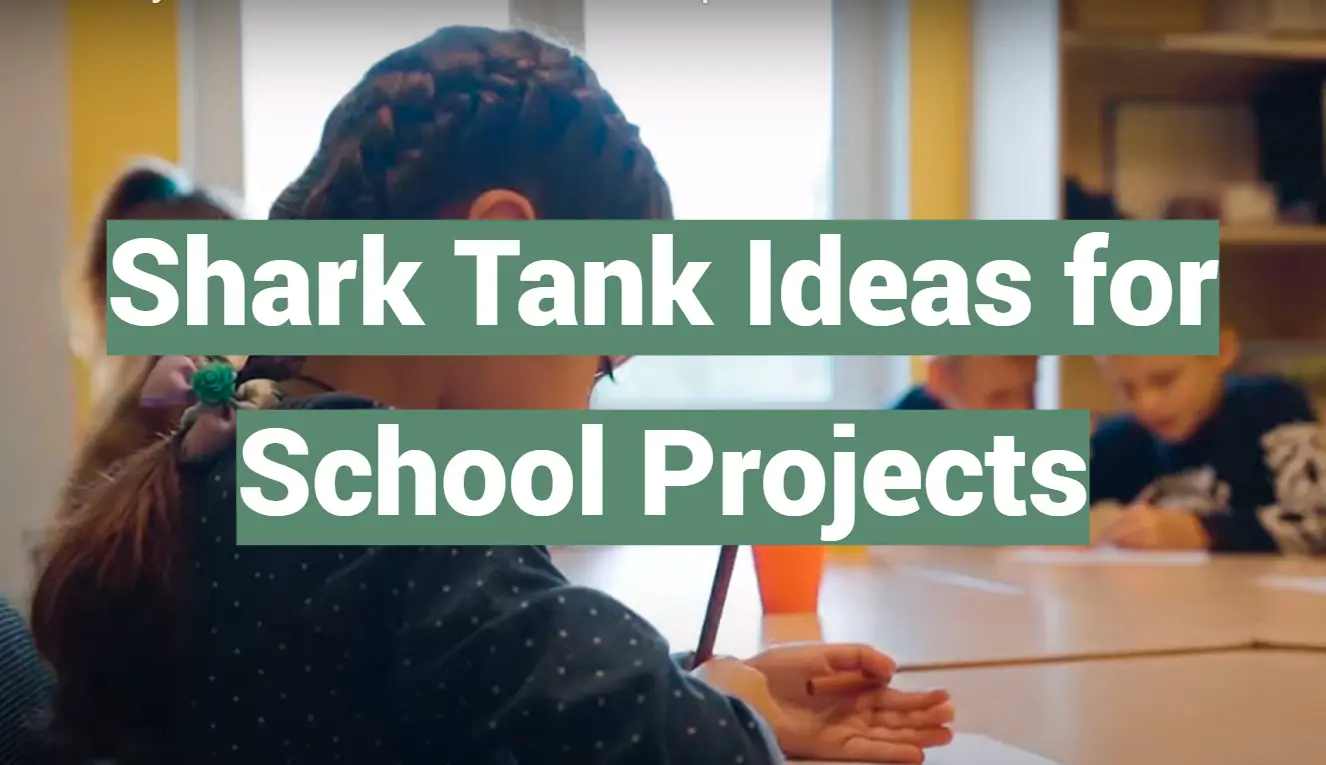







Leave a Reply